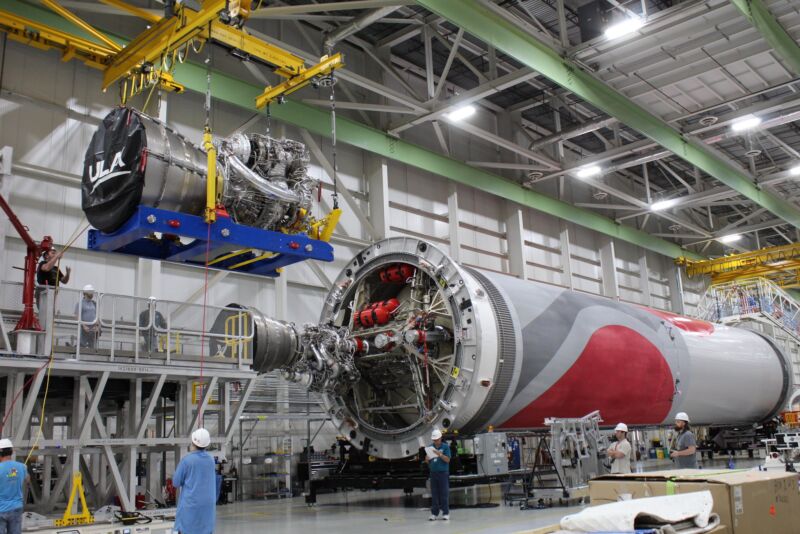Rocket Report: Starship could save Mars Sample Return; BE-4s for second Vulcan
Ars Technica 2024-04-19

Enlarge / A BE-4 engine is moved into position on ULA's second Vulcan rocket. (credit: United Launch Alliance)
Welcome to Edition 6.40 of the Rocket Report! There was a lot of exciting news this week. For the first time, SpaceX launched a reusable Falcon 9 booster for a 20th flight. A few miles away at Cape Canaveral, Boeing and United Launch Alliance completed one of the final steps before the first crew launch of the Starliner spacecraft. But I think one of the most interesting things that happened was NASA's decision to ask the space industry for more innovative ideas on how to do Mars Sample Return. I have no doubt that space companies will come up with some fascinating concepts, and I can't wait to hear about them.
As always, we welcome reader submissions, and if you don't want to miss an issue, please subscribe using the box below (the form will not appear on AMP-enabled versions of the site). Each report will include information on small-, medium-, and heavy-lift rockets, as well as a quick look ahead at the next three launches on the calendar.

Going vertical Down Under. Gilmour Space has raised its privately-developed Eris rocket vertical on a launch pad in North Queensland for the first time, the Australian Broadcasting Corporation reports. This milestone marks the start of the next phase of launch preparations for Eris, a three-stage rocket powered by hybrid engines. If successful, Eris would become the first Australian-built rocket to reach orbit. Gilmour says the maiden flight of Eris is scheduled for no earlier than May 4, pending launch permit approvals. This presumably refers to a commercial launch license from the Australian government.